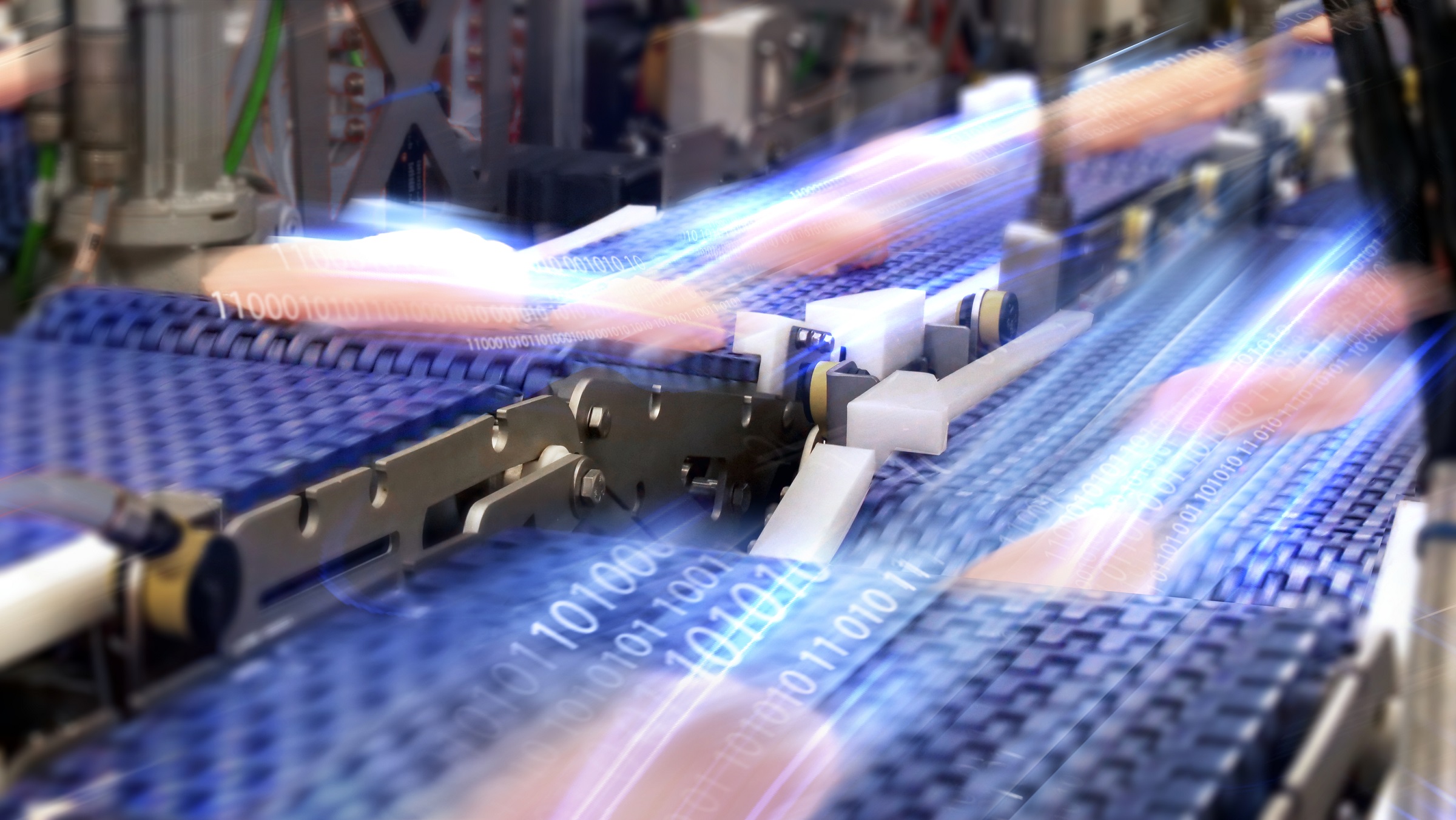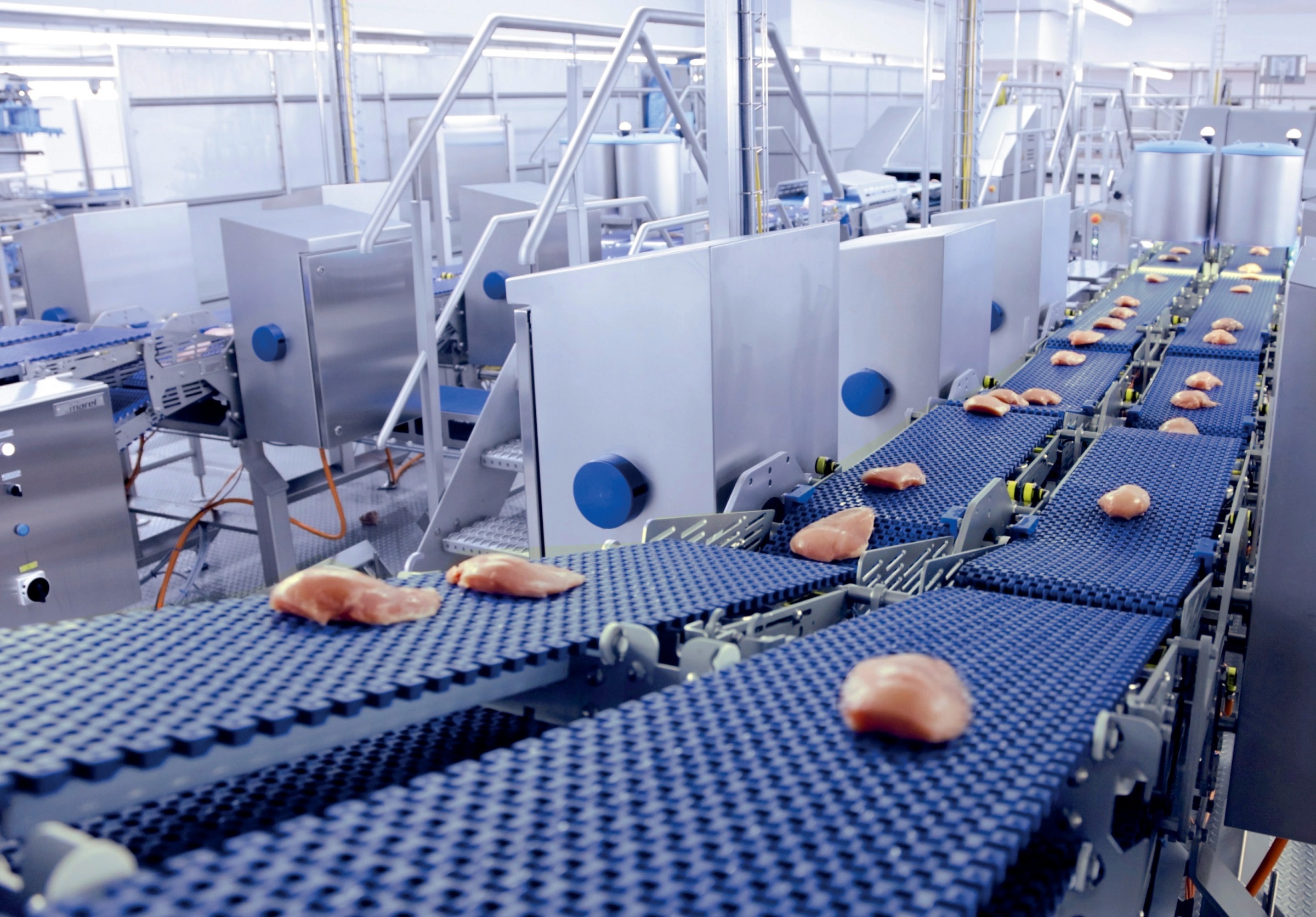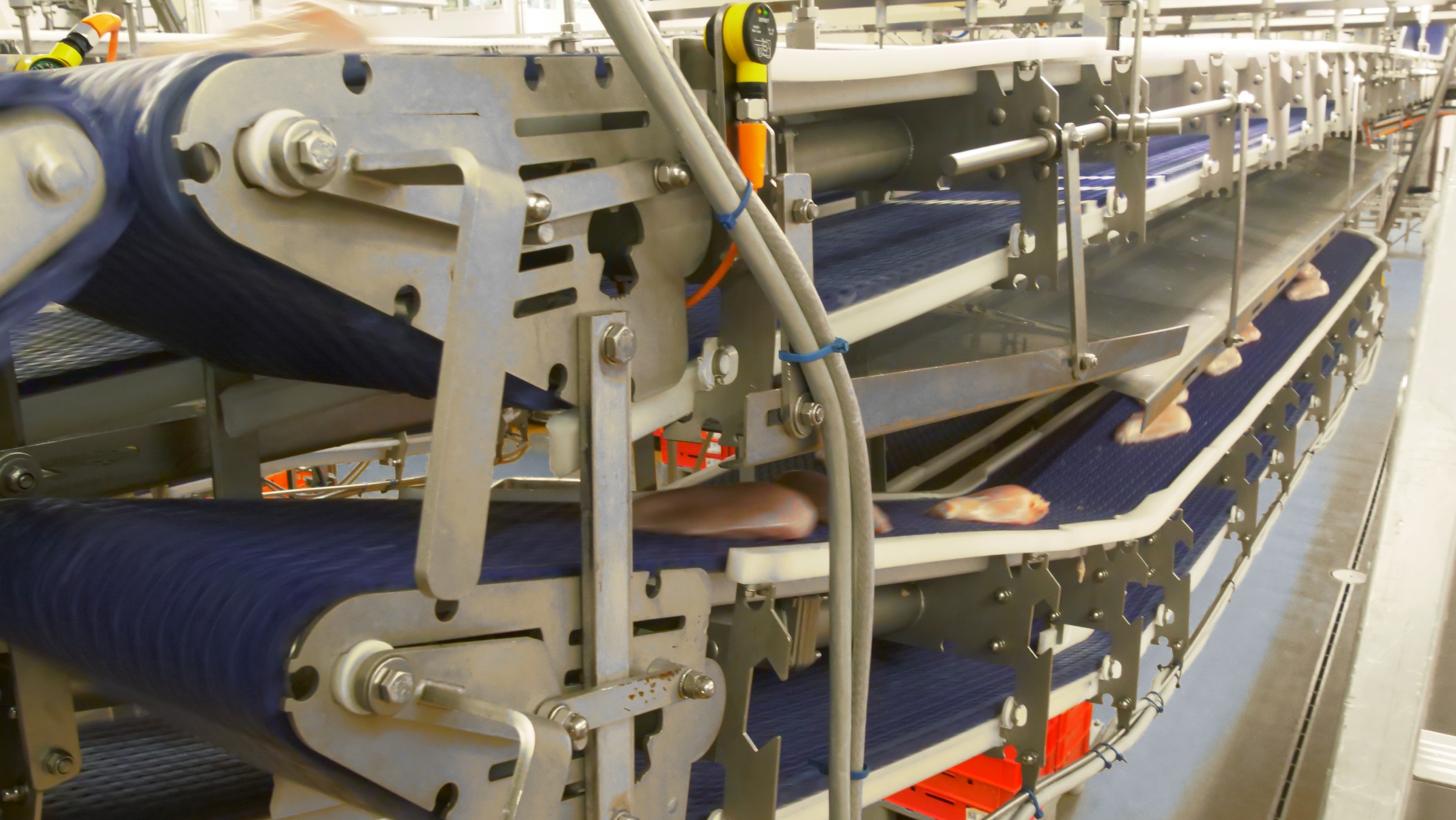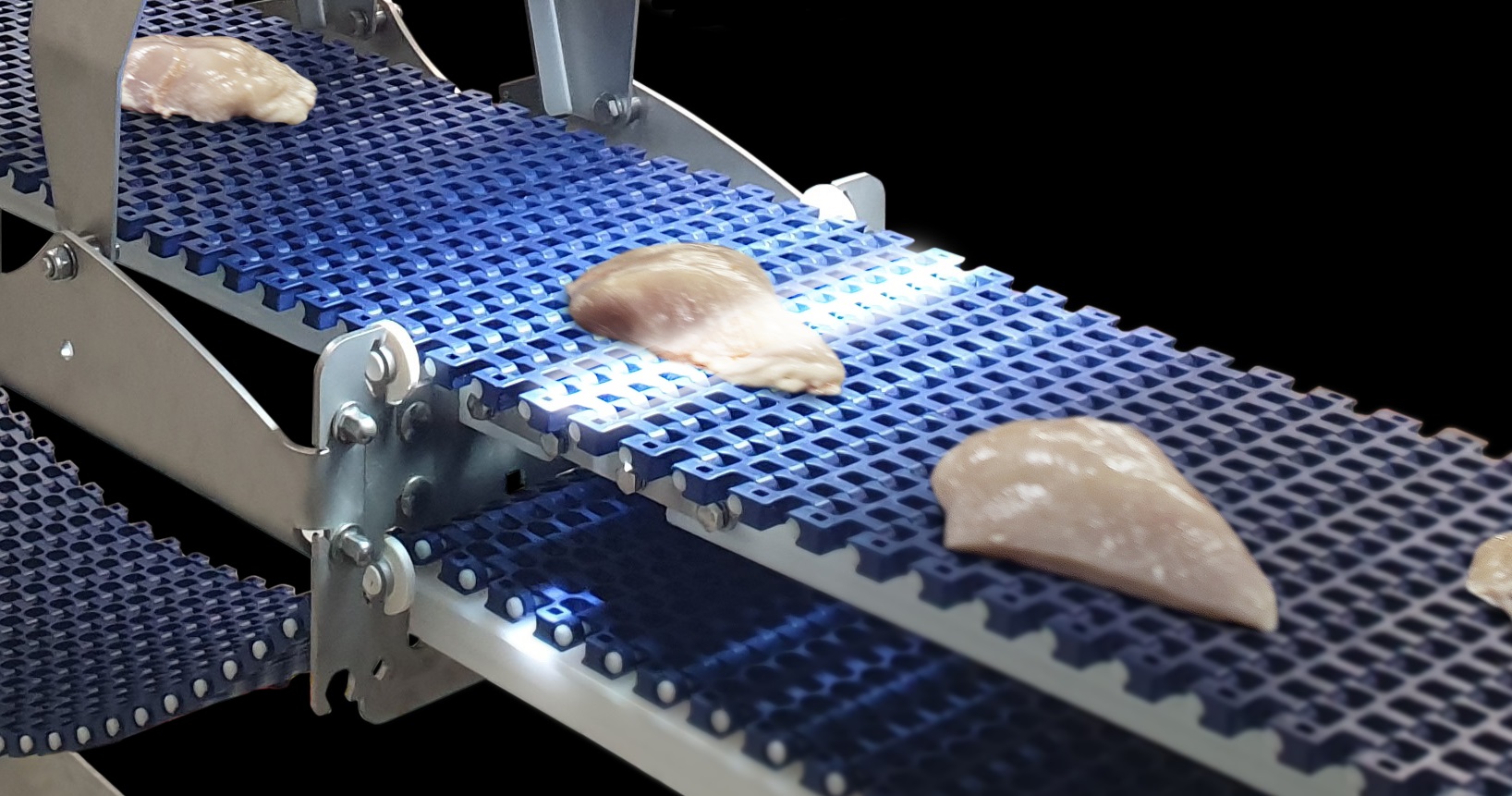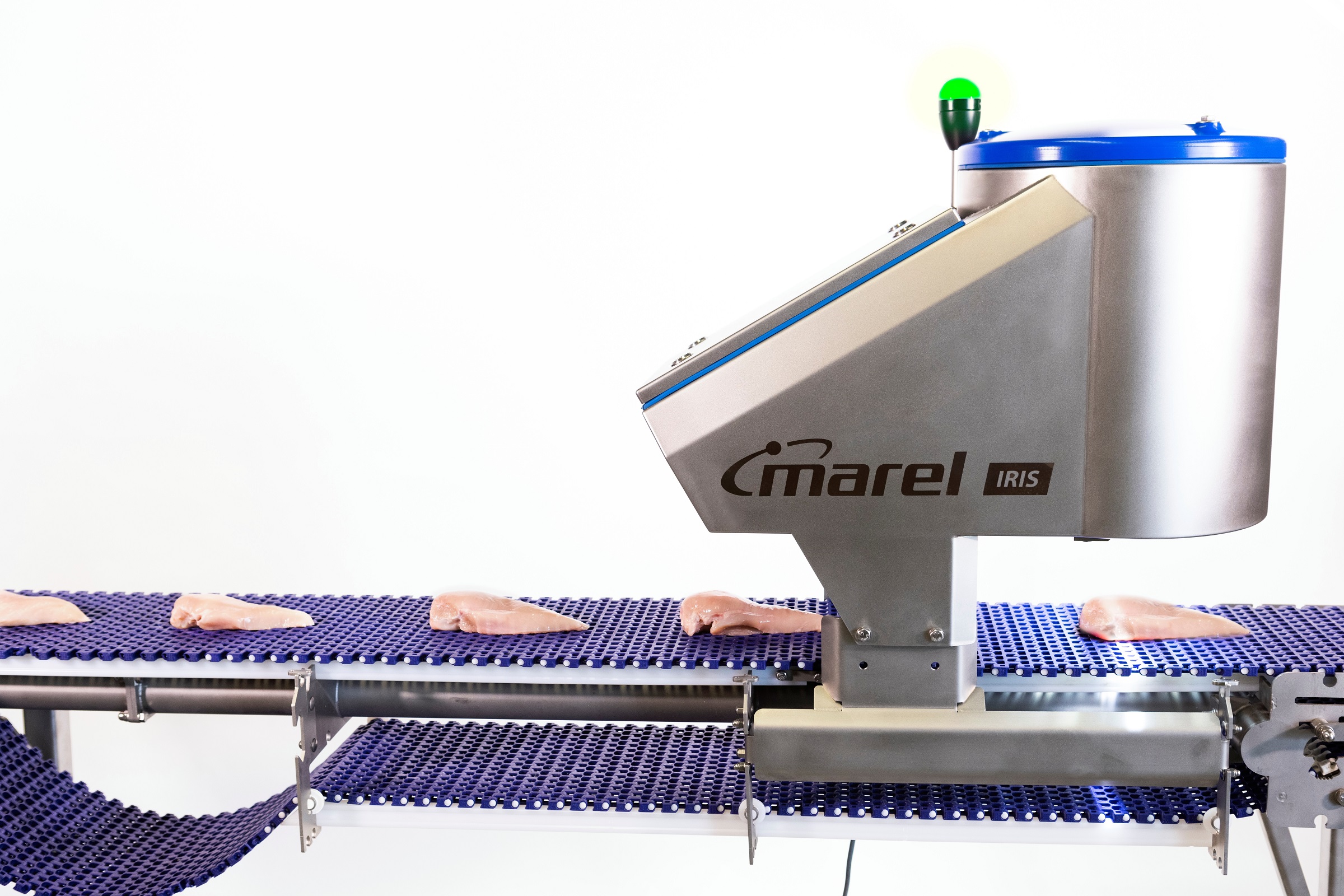IRIS FI
For visual grading of fillets, Marel has extended its IRIS family, a proven benchmark in the industry. IRIS FI’s advanced camera delivers an objective, reliable image that shows all possible visual defects. Together with software, sensors and Fillet Distributor, it forms part of a bigger system. The specific task of Marel’s IRIS FI is to ensure visual quality assessment of breast fillets after trimming. Using this tool, the system will be able to distribute fillets not only by weight, but also by quality characteristics. It can detect visual anomalies or defects such as blood spots or fat content, which will be part of the decision-making process in determining the destination of the fillet. There is no need for manual touching or subjective human judgment, enhancing hygiene, product integrity and food safety, while saving labor.
Fillet Distributor
Fillet Distributor allows processors to apply data-driven in-line separation of the streams of different fillet qualities after trimming. Overlooked fillets with pieces of fat, bloodspots or skin can then be sorted out.
Fillet Distributor consists of extremely fast, vertically opening and closing SystemFlex conveyor belts. Using multiple Distributors, more complex product streams can be configured in the process. Once Fillet Distributor has released them to another belt, the position of each measured, weighed and graded fillet stays the same. Product detectors control and recalibrate their position on the belt, so that the system knows exact locations.
